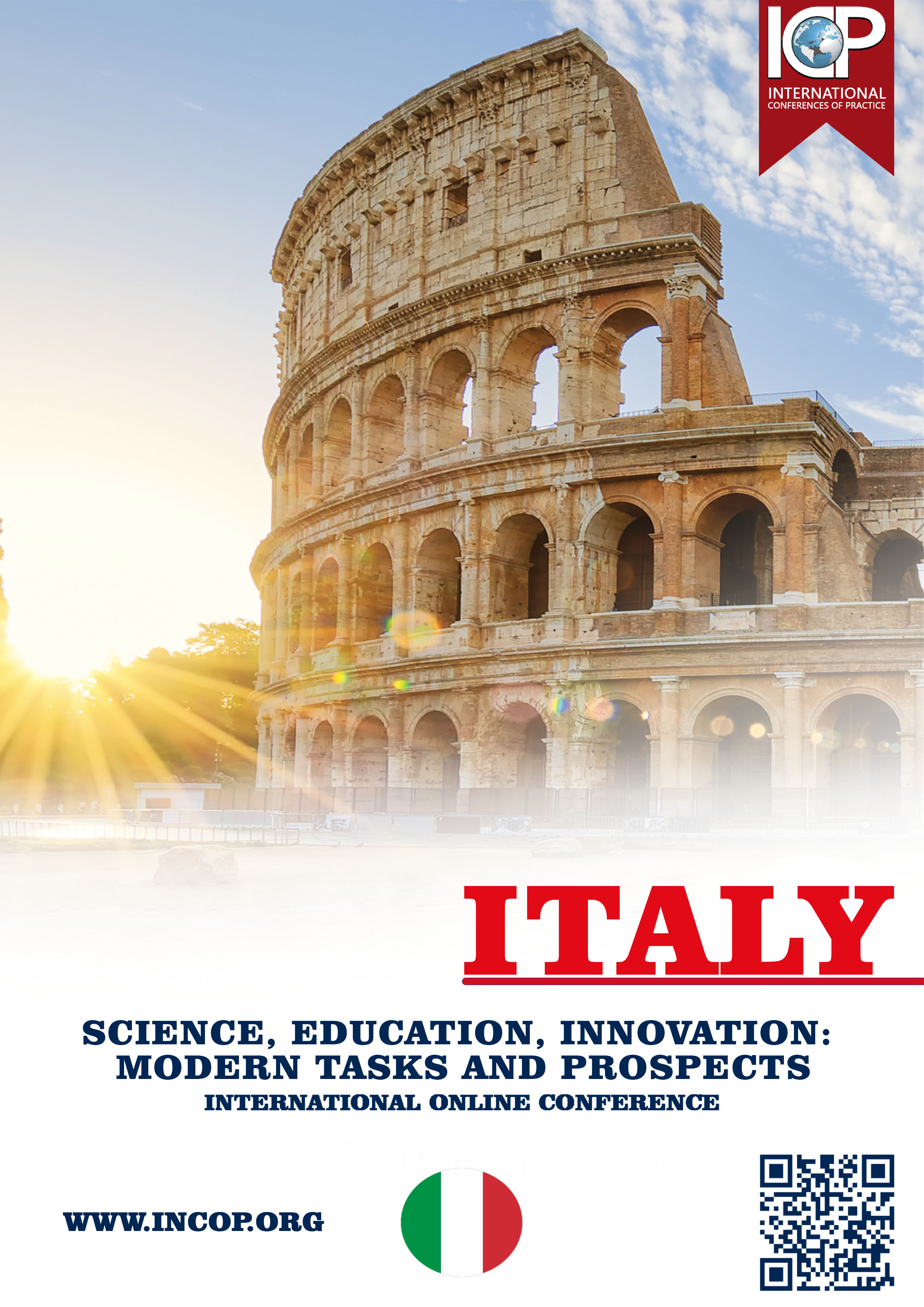NON-TRADITIONAL FOOD SOURCES: PROBLEMS AND PROSPECTS
Abstract
The production of food and food products from insects is noted as an alternative source of food products, especially in the fight against hunger worldwide [Chae et al., 2012; Fontaneto et al., 2011; Mariod, 2011; Premalatha et al., 2011; FAO, 2012]. In some major geographical areas, including many countries in Asia, Africa, Central America, and South America, humans breed seasonally, and many species of insects rich in protein are consumed as a daily necessity [Katayama et al., 2008].
References
1. Bukkens S.G.F.The nutritional value of edible insects. Ecol.Food Nutr., 1997, 36, 287–319.
2. Chae J., Kurokawa K., So Y., Hwang H.O., Kim M., Park J., JoY., Lee Y.S., Lee B.L.Purification and characterization of tenecin 4, a new anti-Gram-negative bacterial peptide, fromthe beetle Tenebrio molitor. Dev. Compar. Immunol., 2012, 36, 540–546.
3. Comby B.Délicieux insectes. Les protéines du future. 1990, 1sted., EditionsJouvence:Geneve,Switzerland. Pr.105–119.
4. De Foliart G.R.Insects as human food. Crop Prot., 1992, 11,395–399.
5. FAO. Assessing the Potential of Insects as Food and Feed in assuring Food Security, 2012, in: Summary Report of TechnicalConsultation Meeting (eds. P. Vantomme, E. Mertens, A. vanHuis, H. Klunder). Rome, Italy.
6. Ying Feng., Xiao-Ming Chen., Min Zhao., Zhao He., Long Sun., Cheng-Ye Wang., Wei-Feng Ding. Edible insects in China: Utilization and prospects.Insect Science. February2017. 0. Pp.1-15. doi 10.1111/1744-7917.12449.
7. van Huis A., van Itterbeeck J., Klunder H., Mertens E., Halloran A., Muir G.,Vantomme P.Edible Insects. Future Prospects for Food and Feed Security, FAO,Rome, 2013 (201 pp.).




